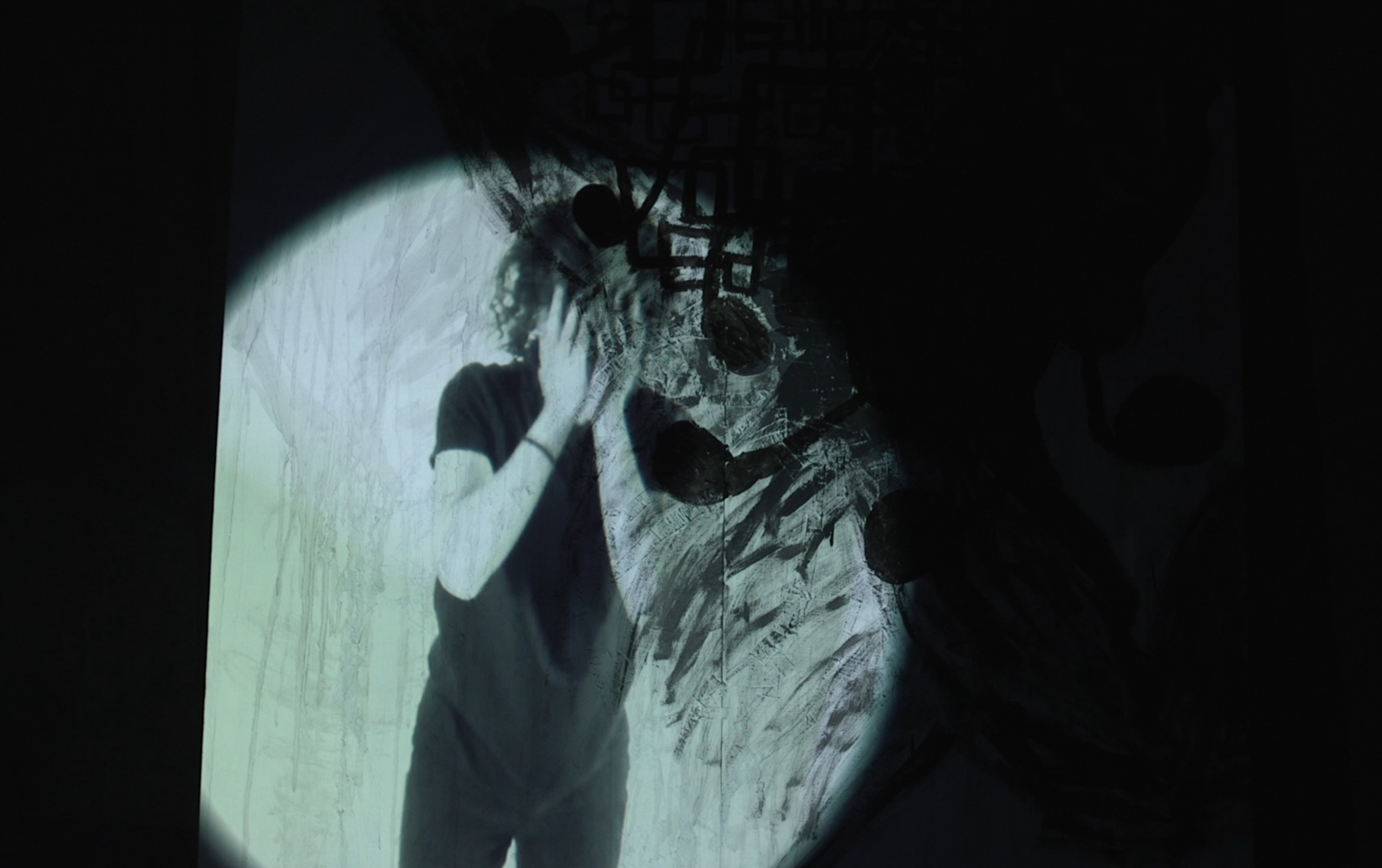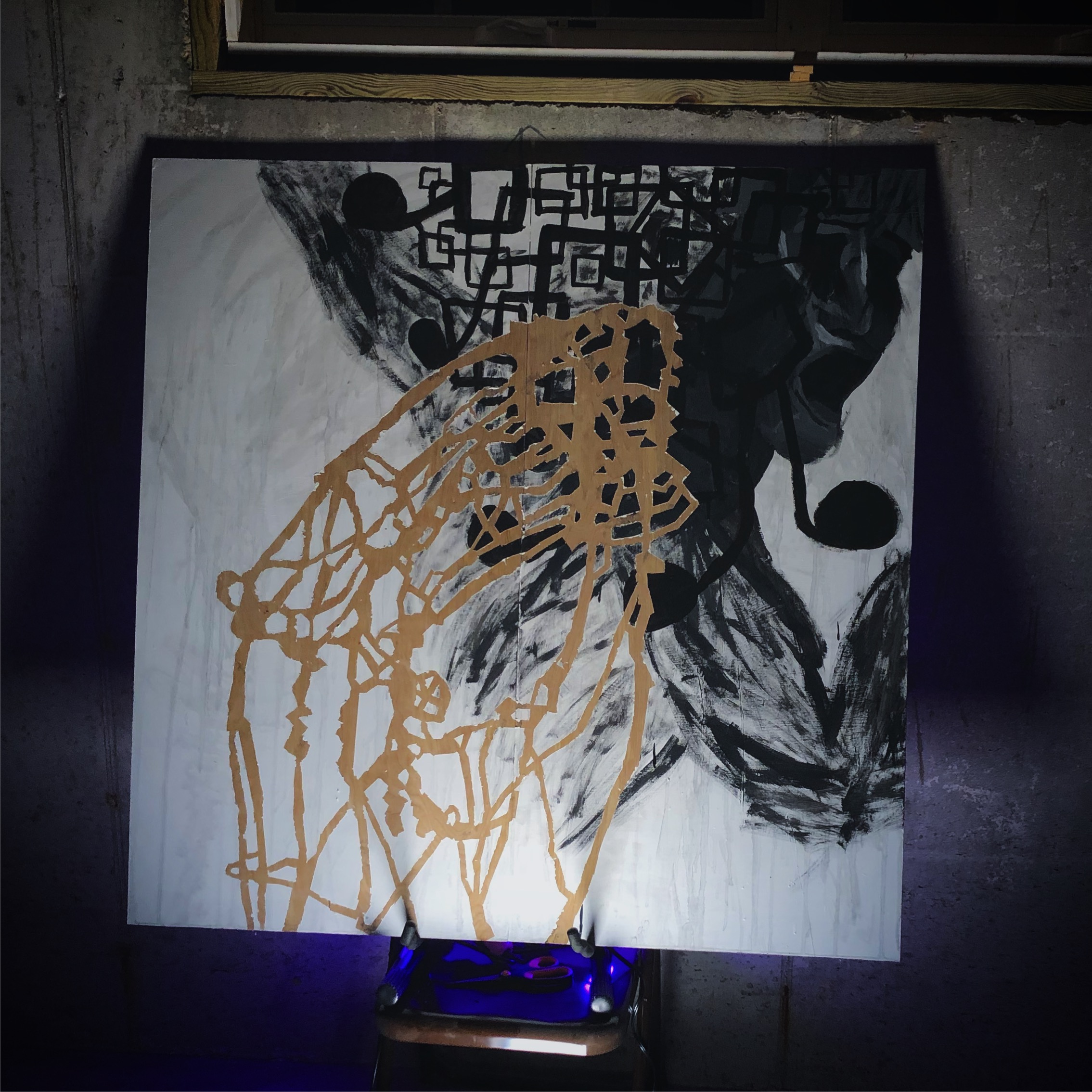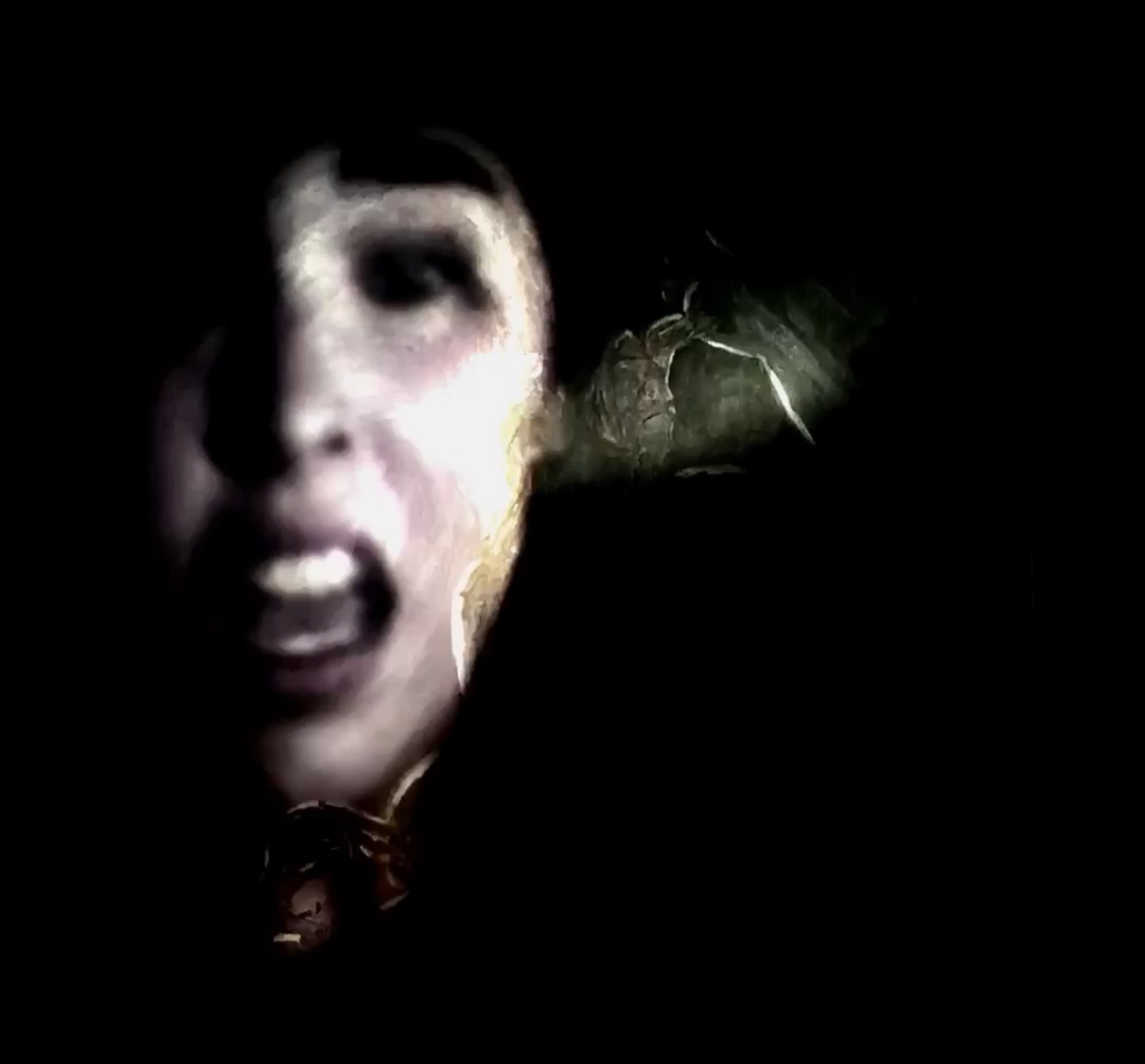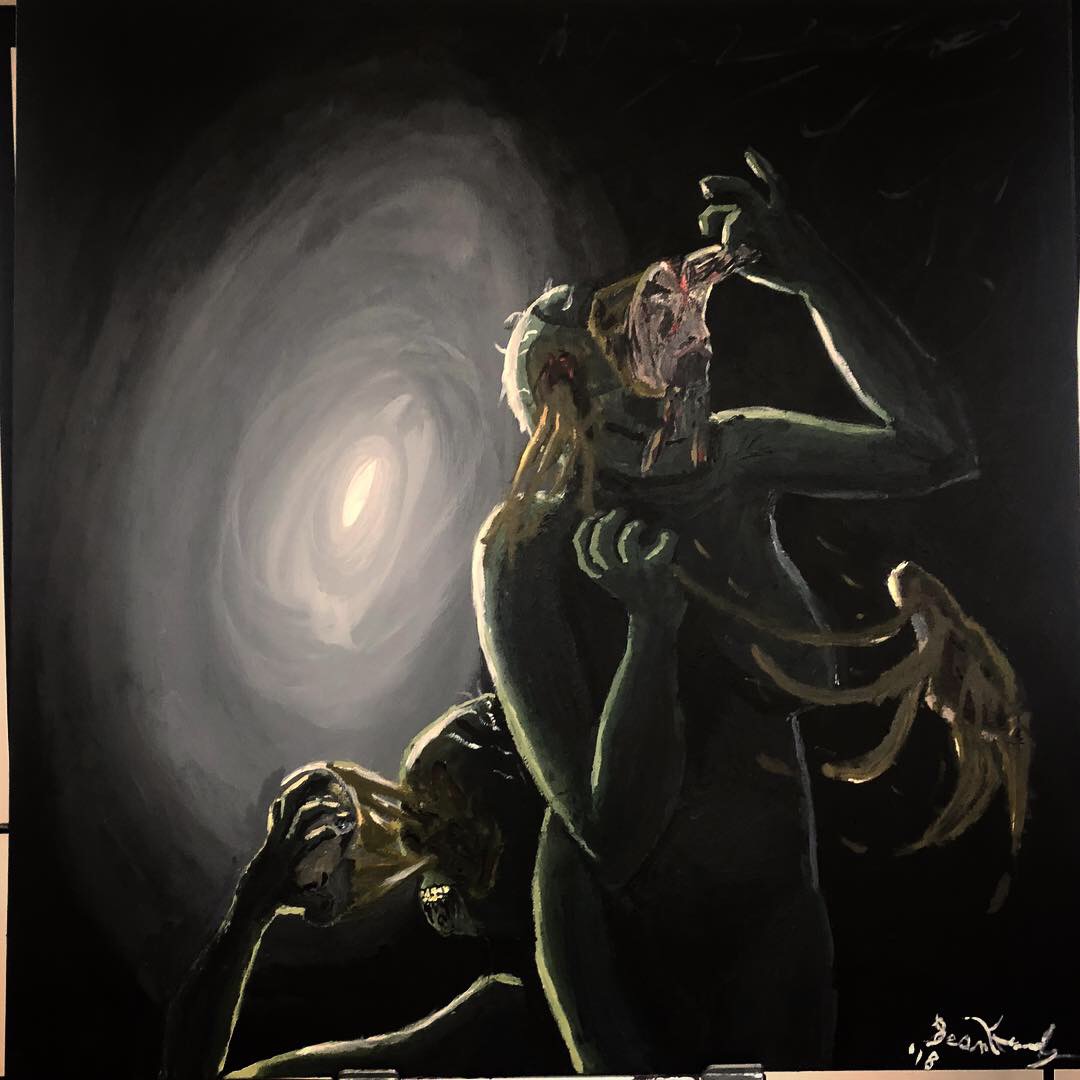Projection Paintings
If a Painting Could Talk…
What would it say? This is the question that drives my ongoing project of Projection Paintings, which are, quite simply, paintings with videos designed for them, projected onto them. Thanks to digital projection, we can finally create a reality where a work of art can literally talk directly to you, an audience member. What would it have to say, though? Probably something about the emotions that are inspiring and going into it. The ongoing challenge of this project, however, is to create paintings that don’t say too much, so as to not be overly transparent and promote interpretation beyond the piece. How much needs to be said, and how much can be left up to imagination? How long does the painting need to say what it has to say? If it is saying something, does the painting have a life of its own?
The First Projection painting
came almost entirely organically as I was working on another video project about a motivational rapper and how his life represents fear surrounding art. I had decided long before that I wanted to create a painting for this video, and then once I had painted it, I began thinking about what the best way to present this painting would be. I intentionally had left a lot of open space in the left corner, and so I thought it might be interesting to project old film, strobe lights, and a video I had already made called Cellar onto it. To my surprise, when I presented these projected items in this way, they began taking on a life of their own in a unique conversation with image they are projected onto. You can see Cellar rendered onto the painting in the video below. This was the spark that led to further explorations in Projection Paintings to come.
I began to wonder
how it would look if, instead of taking two disparate videos and putting them together for a conversation, I created a video exclusively for the painting it would be projected onto. This led to the second Projection Painting, Artifice. It comments on the established ideas of beauty, and the persona we put on in everyday life. Is it possible to know ourselves when we look different depending on circumstance? Or, are we a conglomeration of those circumstances? In video, the painting interacts with the struggle between knowing different parts of ourselves, and the external influences that beat down on us. The joy through which the figures of art peel their masks off is contrasted with the difficulty the actress has in doing so herself. The distinct difference is seen between the idea of something, and its reality. The word “artifice” begins with the word “art.”



